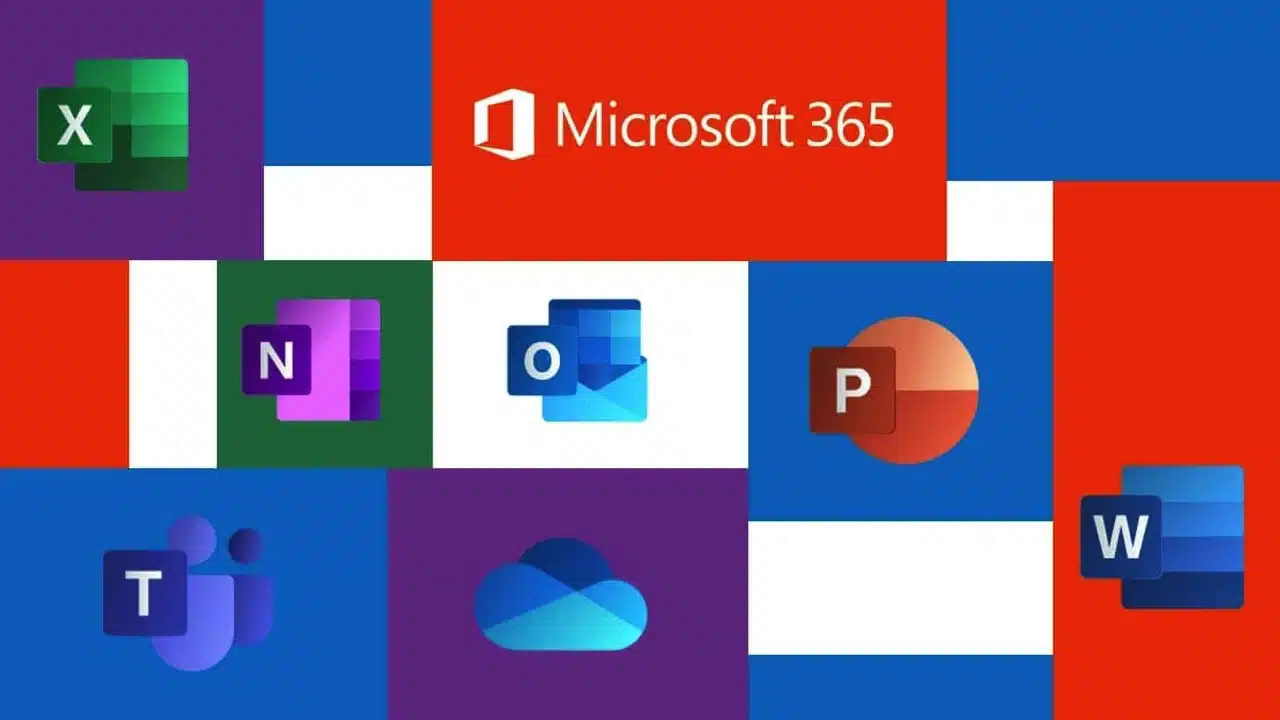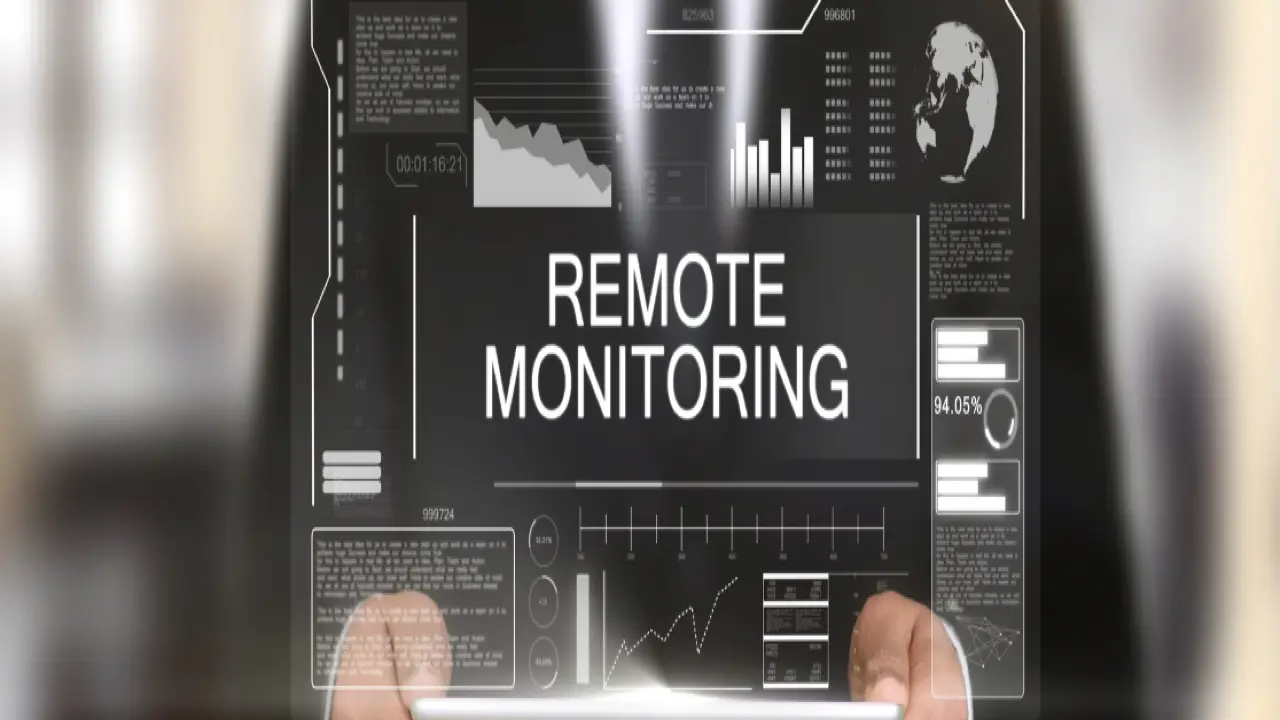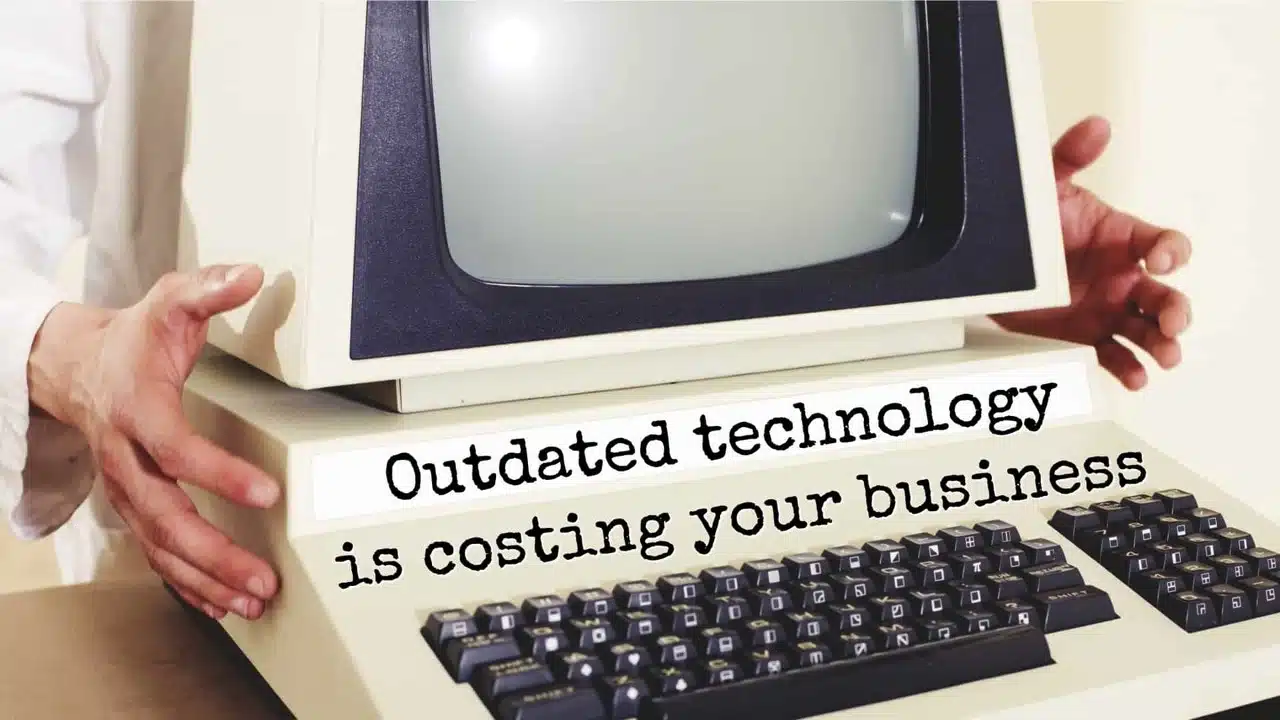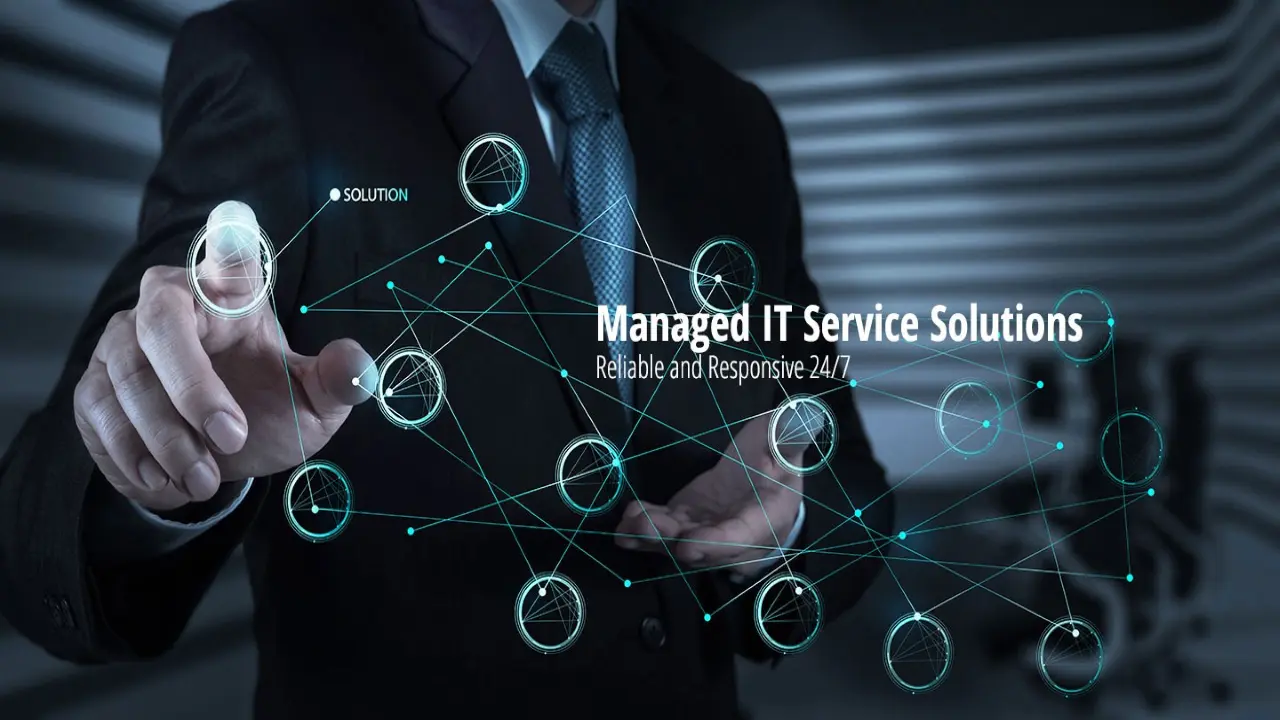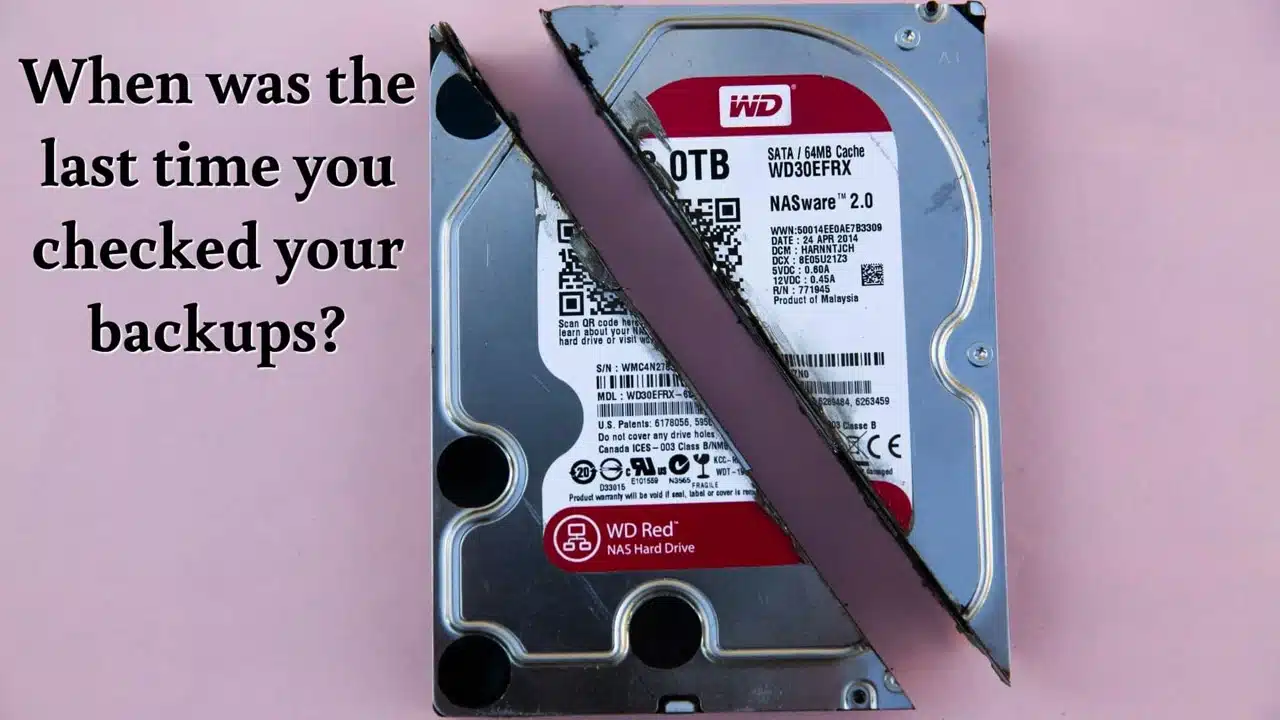Table Of Contents
When faced with the challenge of office relocation, the mere thought of unplanned downtime is enough to stir a sense of urgency among business leaders.
Why?
Because every moment lost to transition can translate into significant financial losses and missed opportunities.
This is where IT support for office relocation becomes a critical asset in ensuring your move is as seamless as possible. Picture this: a move so meticulously planned and executed that your operations never skip a beat, your staff remains productive, and your business continues to thrive even amidst change. This is the promise of integrating robust IT support into your office relocation plan.
An office relocation is not merely about transferring equipment. It’s about ensuring continuity, efficiency, and the uninterrupted success of your business.
Keep reading to discover how specialised IT support can transform your office move from a potential nightmare into a strategic advantage.
The Vital Role of IT Support During an Office Move
Moving an office is no small feat, and the role of IT support in this process cannot be overstated. In today’s business world, almost every aspect of operations relies on technology, from client communications to data storage.
This means that a smooth transition of IT systems during an office relocation is critical to minimising operational disruptions and avoiding costly downtime.
Keeping the Lights On
Imagine an office move where computers don’t start, internet connections are unstable, and phones are silent. This isn’t just a nightmare scenario. It’s the potential reality if IT support isn’t fully integrated into the relocation plan.
An effective IT support company ensures that from day one in the new location, all systems are go. For example, a well-executed move enables employees to log in to their systems and access necessary files without a hitch to ensure that business operations continue without a pause.
Navigating Common IT Challenges
Office relocations come with a host of IT challenges, from the physical move of hardware to the setup and testing of networks in a new environment.
One of the most significant hurdles is ensuring that the new office’s infrastructure can support the company’s current and future technology needs. This may involve upgrading internet bandwidth or installing additional cabling to accommodate growth.
Moreover, safeguarding sensitive data during the move is paramount. The loss or compromise of data due to improper handling can lead to significant legal and financial consequences. IT support plays a crucial role in implementing secure data backup and recovery plans to mitigate these risks.
Another common challenge is the disruption to communication channels, both internal and external. IT support ensures that email systems, phone lines, and other communication tools are transferred seamlessly to maintain the flow of information without interruption.
Consider the impact on customer service if communication lines are down even for a few hours. The right IT support can prevent such scenarios, keeping the business’s reputation intact and avoiding potential revenue losses.
Laying the Groundwork for Your Office Move
Moving an office isn’t just about packing boxes and loading trucks. It’s a complex operation where every detail counts, especially when it comes to your IT setup.
Planning and preparation are the bedrock of a smooth transition to ensure that your business remains operational and your staff stays productive throughout the move.
Hamilton Group has performed hundreds of office moves in our nearly a decade in the business IT services and security business. Here are our top 5 tips for office relocation moves.
The Role of a Detailed IT Relocation Checklist
A detailed IT relocation checklist is your roadmap through the complexities of moving your tech. It starts with taking inventory of your hardware and software.
Knowing exactly what you have is crucial as is what to consider in an office move. It’s easy to overlook items when you’re dealing with everything from servers to individual keyboards.
This checklist should also outline the steps needed to safely disconnect, transport, and reconnect your IT equipment. This ensures nothing gets lost or damaged along the way.
Local IT support can be a game-changer during this phase. They can help you craft a detailed checklist that’s tailored to your specific needs to ensure you don’t miss any critical steps.
For example, if your business relies heavily on internet access, local IT support can assist in setting up temporary internet solutions to keep you online during the move.
Inventory Assessment
Inventory assessment goes beyond merely listing your physical assets. It involves evaluating the condition and performance of your equipment to decide what should make the move and what might need an upgrade.
This is the perfect time to dispose of outdated technology and plan for new acquisitions. Not only does this streamline your move, but it also positions your business for better efficiency in your new location.
Ensuring Compatibility
Infrastructure planning is all about making sure your new space can support your current and future IT needs. This might involve anything from ensuring sufficient power outlets to planning the layout of your new server room.
It’s also a time to consider upgrades to your network to handle increased demand or to incorporate new technology solutions.
Securing local IT support early in the planning process can save you a lot of headaches. They can conduct a thorough review of the new location to identify potential challenges and solutions, like enhancing Wi-Fi coverage or ensuring your layout supports efficient cable management.
Assessing and Upgrading IT Infrastructure for the Future
Moving your office presents a unique chance to evaluate and possibly upgrade your IT infrastructure. This critical step can help ensure that your business technology aligns with your current needs and future growth plans.
Evaluating Your Current IT Setup
The first step is to take a close look at your existing network IT support and infrastructure. This means examining everything from your hardware, like servers and computers, to software systems and network capabilities.
It’s about asking the tough questions:
- Is your current setup meeting your needs?
- Can it handle an increase in demand as your business grows?
- Are there any recurring issues that need addressing?
For instance, if your team often complains about slow internet speeds or if your servers are constantly at their capacity limit, these are clear signs that upgrades are necessary. An office move is the perfect time to address these issues head-on.
Seizing Upgrade Opportunities
An office relocation is an ideal time for IT upgrades for several reasons.
First, moving IT equipment provides a natural pause in operations which makes it less disruptive to implement changes. Second, the new office space might offer infrastructure that better supports modern technology solutions.
Upgrading your IT infrastructure can take many forms. For some businesses, it might mean transitioning to cloud-based services to enhance data accessibility and collaboration among employees. For others, it could involve installing more robust cybersecurity measures to protect against increasing cyber threats.
For example, the introduction of a more sophisticated Wi-Fi system could ensure that all parts of your new office have reliable internet access, boosting productivity. Similarly, replacing older servers with newer, more energy-efficient models can reduce operational costs and enhance performance.
Mastering the Move
The big day has arrived. It’s time to move your office. But a smooth transition doesn’t just happen. It requires careful planning, especially when it comes to your IT infrastructure.
Let’s break down how to tackle the logistics of moving IT equipment and what steps to take once you’ve arrived at your new location to ensure everything runs smoothly.
The Move: Securely Transporting Your IT Equipment
When it comes to moving IT equipment, the priority is keeping everything safe and secure. This involves more than just packing up computers and servers. It’s about understanding the vulnerabilities and taking steps to mitigate them.
For instance, hard drives contain sensitive data and are prone to damage. Using anti-static packaging and padding can prevent data loss and physical harm.
Additionally, clearly labeling each piece of equipment and its corresponding cables can save hours of confusion during the setup process in the new office.
It’s also wise to create a detailed inventory list. This list acts as both a checklist and a record to ensure that all equipment arrives safely.
Setting Up: Re-establishing Your IT Environment
Once you’re in the new space, the immediate task is getting your IT environment up and running as quickly as possible. This starts with setting up your core systems: servers, network infrastructure, and internet access.
Having a pre-move visit by IT professionals to the new office can help identify the best locations for routers and servers to optimise performance.
Next, workstations need to be set up. This is where the detailed labeling and inventory list from the move come into play to ensure each employee’s setup is as they left it. The goal is to minimise disruption and allow employees to dive right back into their work with minimal issues.
Beyond the Move: Support and Adjustments
The job isn’t done once everything is plugged in. The days and weeks following the move are crucial for identifying and resolving any issues that arise. It’s common for there to be hiccups in the system, whether it’s:
- Network instability
- Hardware malfunctions
- Software configuration problems
Providing ongoing IT support is key during this time. Employees should have a clear point of contact for reporting issues, and there should be IT staff available to address these problems promptly.
Additionally, this period is an opportunity to make adjustments based on employee feedback and new office dynamics. Perhaps the layout of the open office requires tweaking Wi-Fi access points for better coverage, or maybe the server room needs additional cooling.
It’s all part of fine-tuning your IT infrastructure to fit your new space perfectly.
Ensuring Continuity
When moving your office, it’s crucial not to overlook the importance of data backup and disaster recovery planning. These steps are essential for maintaining business continuity throughout the relocation process.
Imagine this: during the move, a critical server gets damaged, resulting in the loss of crucial business data. Without a proper backup and recovery plan in place, this scenario could severely disrupt your business operations.
To avoid such disasters, businesses must implement robust data backup strategies before the move. This involves creating multiple backup copies of all critical data, which can be stored in different locations, including off-site or on the cloud.
Cloud-based backups, in particular, offer a secure and flexible solution that can be accessed from anywhere.
Additionally, a well-thought-out disaster recovery plan outlines specific steps to be taken in the event of data loss. This plan should include a detailed inventory of all data and applications, prioritised by their criticality to business operations. It should also specify the roles and responsibilities of team members during a recovery operation to ensure everyone knows what to do.
The Role of a Top IT Support Company for Office Relocation
Companies specialising in business IT services, such as outsourced tech support companies, offer expertise that can significantly reduce the risk of downtime during and after the move. For businesses in Yorkshire, finding reliable IT support in Leeds can be a game-changer for their relocation process.
These professionals provide an array of services designed to address every aspect of an office move, from planning and packing IT equipment to setting up and testing systems in the new location.
One of the key advantages of hiring professional IT support is their ability to foresee potential issues and mitigate them before they cause any disruption. This foresight includes everything from ensuring that the new office’s infrastructure can support your IT needs to setting up robust data backup and disaster recovery solutions.
Moreover, once the move is complete, professional outsourced IT support doesn’t just end there. Post-move support is crucial for addressing any unforeseen issues that may arise.
Ready to Relocate? Let’s Make It Seamless
In navigating through the complexities of an office move, we’ve underscored the indispensable role of IT support for office relocation.
From minimising downtime to safeguarding your data, the right IT support is key to a transition that is not only smooth but also positions your business for immediate resumption and future growth.
Hamilton Group Ltd stands at the forefront of providing comprehensive IT services in Leeds, specialising in office relocations that demand precision and expertise.
Our unique approach ensures that your IT infrastructure is not just relocated, but optimised to meet and exceed your operational needs.
Schedule a free consultation and turn the potential stress of relocation into a strategic step forward for your business.
Call us on 01423 438953 or book an appointment from our live Calendar in the bottom right.
Get In Touch
Need expert IT assistance? Contact Hamilton Group today! Our specialists offer top-notch solutions tailored to your needs. Don’t let tech troubles hold you back.
Talk to us about your business 0330 043 0069
Or E-mail hello@hgmssp.com and one of our experts will get back to you.
Schedule A Quick Callback
The fastest way to figure out if we’re a good fit for your business is to have a quick chat about it. Schedule a 15-minute call so we can get right to the point.
Proactive, Responsive, Hamilton Group
Grab a drink and let’s have a quick chat about your business, and see how we can help you.
Book your call below or call us on 0330 043 0069


Carl Hamilton
A Message from our Founder/CEO
“We treat every client as if they were a part of our business to provide quality and comprehensive IT support that can be counted on 24/7, 365 days a year. We succeed only when you succeed.”
Let’s work together
IT Support You Can Trust
The best IT Support in Harrogate is also delivered across the UK 24/7 and we are ready to help you with all your Managed IT service needs. Services are provided in areas including Leeds, Liverpool, Manchester, Wakefield, Wetherby, York, Newcastle, Bradford, Bolton, Glasgow, Wigan, Derby, London, Luton, Birmingham, Sheffield, Peterborough, Portsmouth, Reading, Nottingham, Milton Keynes, Telford, and more.
Talk to us about partnering with an IT Support Company that cares
Move your business forward not back with HG.
Same Day Call-back.
Monday – Friday 09:00 – 17:30.
“Our email wasn’t performing very well so we asked Hamilton Group to take a look & Carl proposed to migrate us to MS Exchange.
Carl was very helpful throughout & the migration went very well.
He was on hand to sort out any teething issues, taking calls early morning & into the night, to ensure we were up & running smoothly.
Would recommend for knowledge, attention to detail & great customer service.”
Ian Porter
Fotofabric Limited





